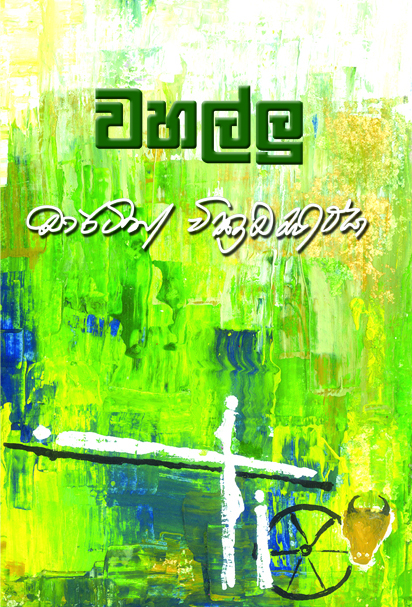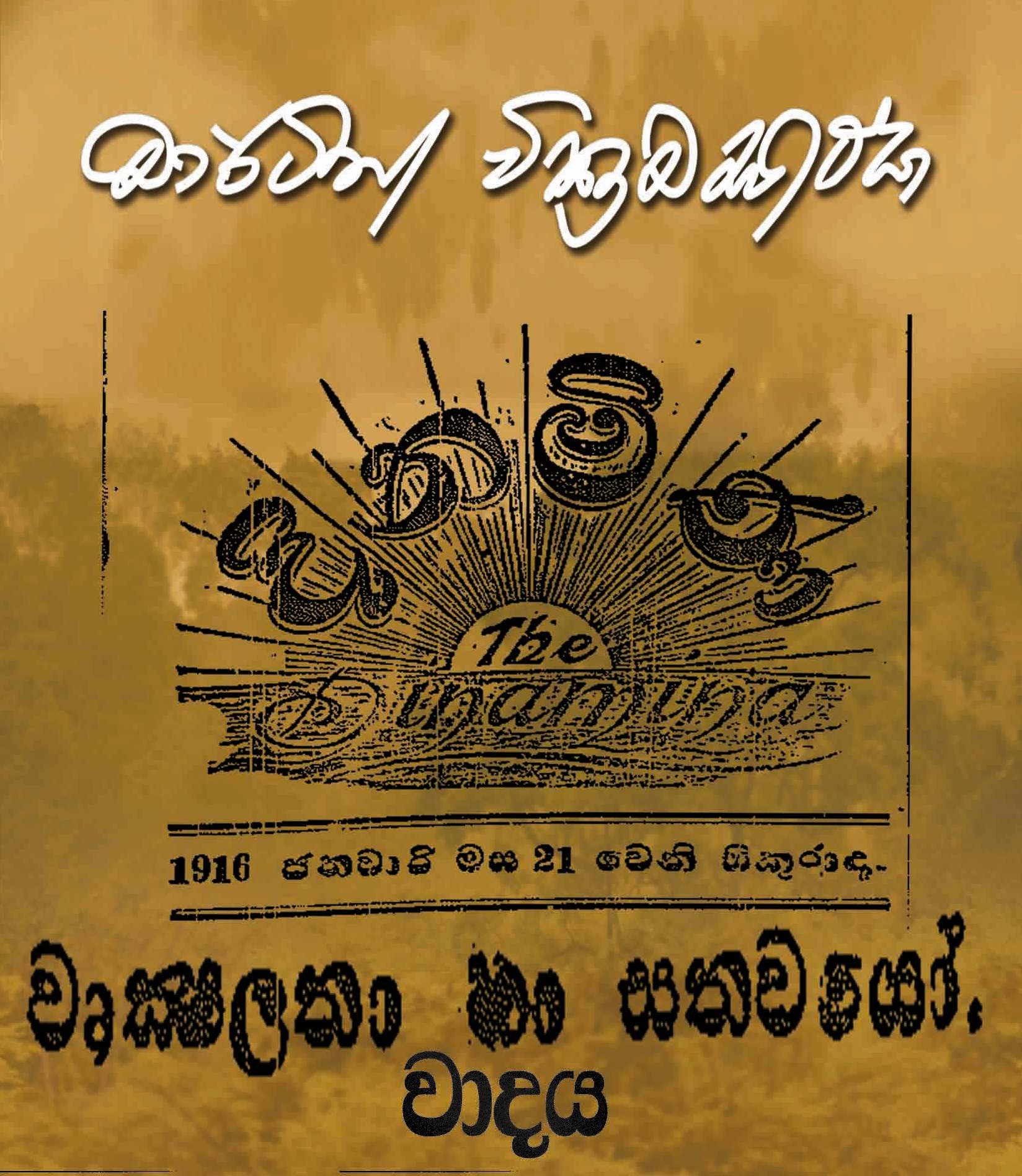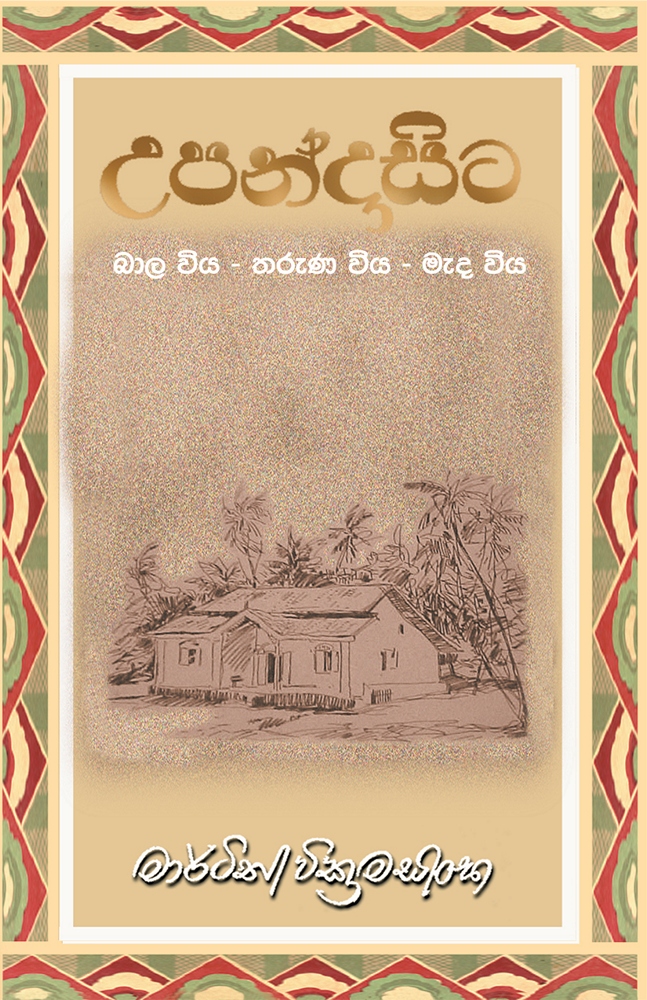NOVELS
Pioneering Sri Lankan Fiction
Martin Wickramasinghe's literary journey began with his first novel, "Leela," published in 1914. His novels are known for their vivid portrayal of rural Sri Lankan life, cultural transitions, and human struggles. Many of his works have become classics in Sinhala literature and have been translated into multiple languages, including English, Hindi, Tamil, Russian, Chinese, Romanian, Dutch, German, French, Japanese and Italian. His prose is poetic and descriptive, capturing the essence of the island’s rural landscape, its people, and the trials they faced in their daily lives. While most of his novels are set in rural Sri Lanka, the human experiences and challenges his characters faced were presented with empathy and understanding, making them relatable to readers unfamiliar with Sri Lankan folk culture. He also explored themes of searching for roots during an era of colonization and Western dominance. An underlying sense of nationalism is also present in his writing, leading up to Sri Lanka's independence in 1948. He advocated for a tolerant, humane, realistic attitude to life, while criticizing dogmatism and elitism.
Some of his most celebrated novels include:
- "Gamperaliya" (1944) - The first in his famous trilogy, depicting the emotional and social shifts and the crumbling of traditional village life under modernization.
- "Kaliyugaya" (1957) - The second in the trilogy, delving into the moral and psychological dilemmas faced by individuals in a rapidly evolving society.
- "Yuganthaya" (1949) - The final part of the trilogy, examining industrialization.
- "Viragaya" (1956) - A psychological novel exploring the psychological and spiritual struggles of a youth raised in a traditional Buddhist home grappling with modernization.
- "Madol Doova" (1947) - About two mischievous boys who, after numerous escapades, run away to a deserted island and transform it, and themselves, through hard work and perseverance.
.jpg)


.jpg)
